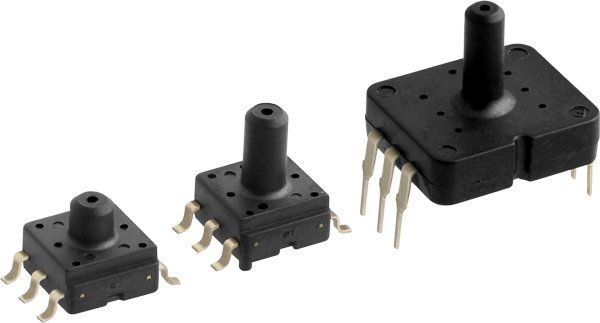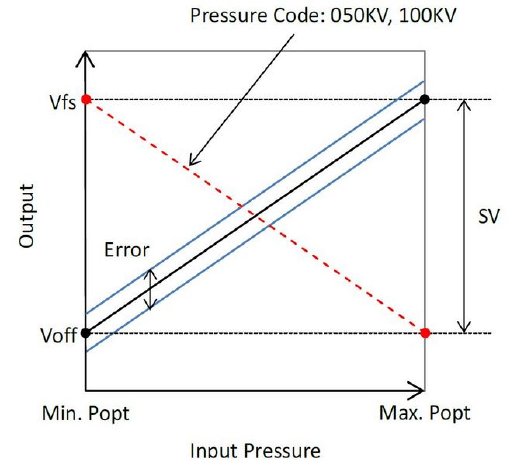At first glance, the Japanese sensors do not necessarily stand out from their rival products. But if you look more closely, you will notice that most competitors define accuracy according to the BFSL method and place the typical values in the foreground. Fujikura, in contrast, defines accuracy or the maximum error (Fig. 1) as the maximum deviation from the expected measured value over the entire pressure and temperature range – which is actually the most consistent and honest definition, just not the one with the best values at first glance.
Customers who make an effort to not only compare the data sheets ‘correctly’ but also to test and measure themselves are amazed by their measurement results. In addition to the outstanding quality and the stable, highly optimised processes, the good results can also be ascribed to Japanese modesty and the double, even triple guaranties. Typical feedback from our customers – ‘The sensors are far more precise than specified’ – no longer surprise us after more than 25 years of industry experience and close cooperation with Fujikura.
It is also not surprising that the customer-specific version of the A series, which by default is specified with ±1.5% FS, is also available in a ±0.5% version. In the end, it really is worth taking a closer look at the differences between the Anglo Saxon and Japanese mentalities when evaluating an appropriate product. See for yourself: Pewatron will gladly provide models for your tests and prototypes or work together with you to define a customer-specific version best suited to your application.



